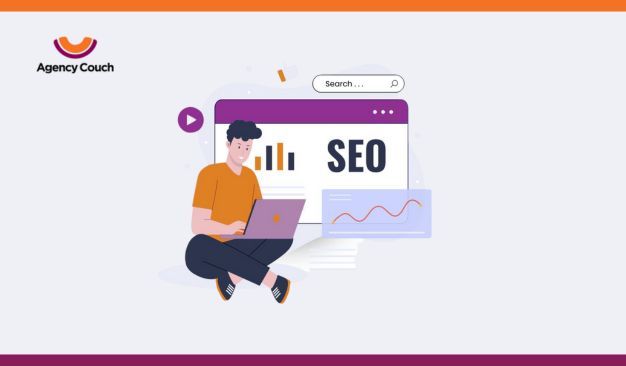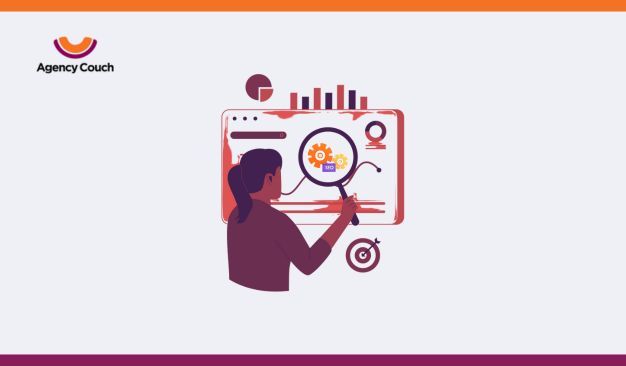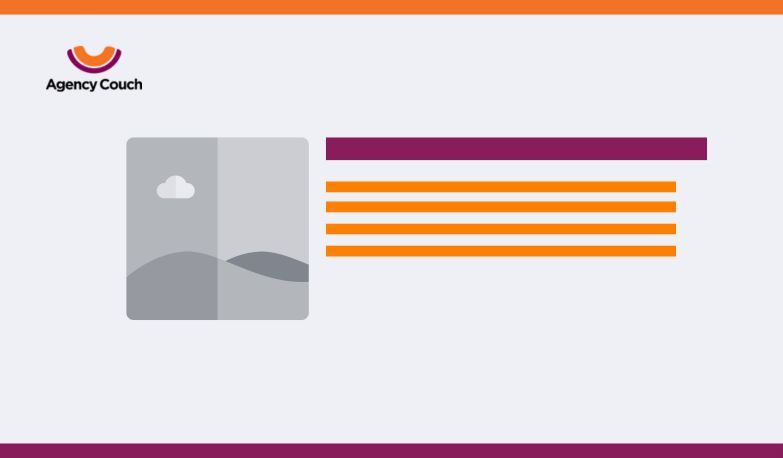Website speed is crucial for user satisfaction, search engine rankings, and overall online success. A slow website can drive potential customers away, increase bounce rates, and negatively impact your SEO efforts. Whether you’re involved in web development in New York, online advertising in Sydney, or working with an offshore digital marketing agency, improving website speed should be a top priority. In this blog, we’ll explore various tips and tricks to help you enhance your website’s performance and deliver a seamless user experience.
Why Website Speed Matters
Before diving into the tips and tricks, it’s essential to understand why website speed is so important. According to studies, a one-second delay in page load time can lead to a 7% reduction in conversions, an 11% decrease in page views, and a 16% drop in customer satisfaction. In the time where users expect instant results, these statistics highlight the importance of having a fast-loading website.
Moreover, search engines like Google use page speed as a ranking factor. A faster website can improve your search engine rankings, driving more organic traffic to your site. For businesses involved in web development, this can be a game-changer.
Tips and Tricks to Improve Website Speed
1. Optimise Images
Images are often the largest files on a website, and optimising them can significantly reduce load times. Use tools like Photoshop or online services like TinyPNG to compress images without compromising quality. Additionally, consider using modern image formats like WebP, which offer better compression rates.
For better results, ensure that you set appropriate dimensions for your images. Large images that are scaled down using HTML or CSS still take up bandwidth, so it’s better to use images that are already resized to the necessary dimensions. Implementing responsive images can also help by serving different versions of an image based on the user’s device and screen size.
2. Minimise HTTP Requests
Every element on a webpage, including images, scripts, and stylesheets, requires an HTTP request to load. Reducing the number of these requests can speed up your website. Combine multiple CSS files into one, use CSS sprites for icons, and minimise the use of external scripts.
To further reduce HTTP requests, consider using inline images and CSS for smaller elements. For instance, you can encode small images directly into your HTML or CSS files using Base64 encoding, eliminating the need for separate image requests.
3. Enable Browser Caching
Browser caching stores static files on a user’s device, allowing the website to load faster on subsequent visits. By enabling caching, you can reduce the load time for returning visitors. Set an appropriate expiration time for different types of content to ensure users always see the most up-to-date version of your site.
Implementing a proper caching policy involves setting expiration dates or maximum ages for static resources like images, CSS, and JavaScript files. You can achieve this by modifying your server settings or using a plugin if you’re using a CMS like WordPress.
4. Use a Content Delivery Network (CDN)
A CDN distributes your website’s content across multiple servers worldwide, ensuring faster load times for users regardless of their geographical location. For businesses involved in online advertising in Sydney, a CDN can help deliver your content swiftly to a global audience.
By distributing content closer to users, CDNs reduce latency and load times. They also help balance traffic loads, reduce bandwidth costs, and improve content availability by mitigating the impact of server outages.
5. Minify CSS, JavaScript, and HTML
Minification removes unnecessary characters like spaces, commas, and comments from your code, making it more lightweight and faster to load. Tools like UglifyJS, CSSNano, and HTMLMinifier can automate this process, improving your website’s speed.
In addition to minification, consider concatenating your files to reduce the number of HTTP requests. For example, instead of loading ten separate JavaScript files, combine them into one file. This not only reduces HTTP requests but also ensures that users download fewer, larger files rather than numerous small ones.
6. Optimise Your Server Response Time
The time it takes for your server to respond to a request can significantly impact your website’s load time. Optimise your server settings, use a reliable hosting provider, and consider upgrading to a faster server if necessary. For those working with an offshore digital marketing agency, ensure that the agency is using a high-performance server to host your website.
Server optimization techniques include reducing server response times by minimising resource-intensive operations, implementing server-side caching, and optimising database queries. If you are using a content management system like WordPress, regularly update your plugins, themes, and core software to maintain optimal performance and security.
7. Implement Lazy Loading
Lazy loading delays the loading of images and other media until they are needed, reducing the initial load time of the page. This technique can be particularly beneficial for websites with a lot of images or videos, ensuring a faster and smoother user experience.
There are various libraries and plugins available to implement lazy loading easily. For example, LazyLoad.js is a lightweight library that can handle lazy loading for images, videos, and iframes. By implementing lazy loading, you ensure that users only download the content they need when they need it, significantly improving load times and performance.
8. Reduce Redirects
Redirects create additional HTTP requests, increasing load times. Minimise the use of redirects and ensure that any necessary redirects are implemented efficiently. Regularly audit your website to identify and eliminate unnecessary redirects.
For efficient redirects, use server-side 301 redirects for permanent changes and 302 redirects for temporary ones. Avoid client-side redirects (like those implemented with JavaScript or Meta tags), as they can add significant delay to the loading process.
9. Optimise Web Fonts
Web fonts can add significant load time to your website. Use only the necessary font weights and styles, and consider using modern, performance-optimised fonts. Additionally, use the font-display CSS property to control how fonts are displayed during loading.
Consider using variable fonts, which combine multiple styles and weights into a single file, reducing the number of font files that need to be loaded. Additionally, preload critical fonts using the rel=”preload” link attribute to ensure they are fetched early in the page load process.
10. Leverage Gzip Compression
Gzip compression reduces the size of your HTML, CSS, and JavaScript files, allowing them to load faster. Most modern browsers support Gzip, and enabling it on your server can lead to significant performance improvements.
To enable Gzip compression, you can modify your server configuration files (like .htaccess for Apache servers) or use plugins if you’re on a CMS platform. Gzip compression can reduce the size of your files by up to 70%, leading to faster load times and improved user experience.
11. Monitor and Analyze Performance
Regularly monitor your website’s performance using tools like Google PageSpeed Insights, GTmetrix, or Pingdom. These tools provide detailed insights and recommendations for improving your website’s speed. Continuously analyse and optimise your site based on these insights to maintain optimal performance.
Set up automated performance monitoring to receive alerts when your website’s speed drops below a certain threshold. This proactive approach allows you to address performance issues before they significantly impact user experience and search engine rankings.
12. Optimise Your Database
A well-optimised database can significantly enhance your website’s speed. Regularly clean up unnecessary data, such as post revisions, spam comments, and transient options. Use indexing to speed up database queries and consider using a database caching mechanism.
For the WordPress user, WordPress plugins like WP-Optimise can automate database optimization tasks, keeping your database clean and efficient. For larger sites, consider moving to a more robust database solution like a managed database service or a high-performance SQL server.
Agency Couch: Bridging the Gap Between Clients and Web Development Excellence
When it comes to enhancing website speed, collaboration with a knowledgeable and experienced digital marketing agency can make a significant difference. Agency Couch, a leading offshore digital marketing agency, specialises in delivering best web development solutions tailored to meet the unique needs of businesses across the globe. With a deep understanding of the latest technologies and best practices, Agency Couch ensures that your website is not only fast but also secure, scalable, and user-friendly.
Their team of experts works closely with clients to identify performance bottlenecks and implement effective strategies to overcome them. Whether you’re based in New York, Sydney, or anywhere in between, Agency Couch provides personalised support and guidance, helping you achieve your digital marketing goals with ease.
Conclusion
Improving website speed is a flexible process that requires attention to various aspects of web development. By implementing the tips and tricks outlined in this blog, you can enhance your website’s performance, provide a better user experience, and achieve higher search engine rankings. Remember, a fast website not only keeps your users happy but also drives conversions and boosts your online presence. Start optimising your site today and reap the benefits of improved speed and performance.



